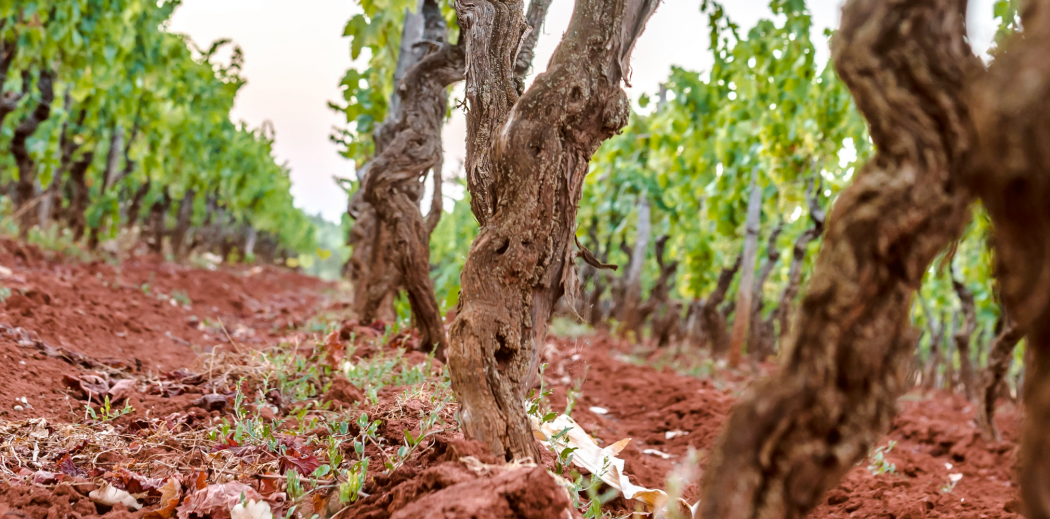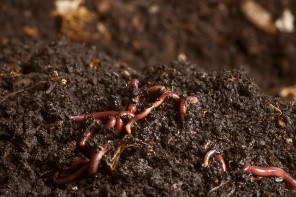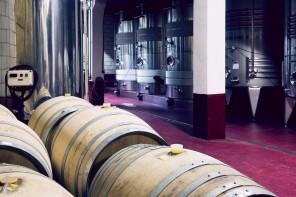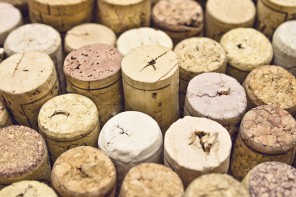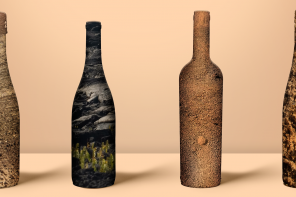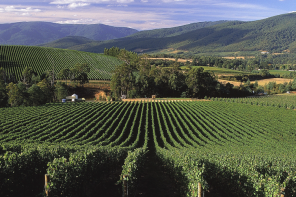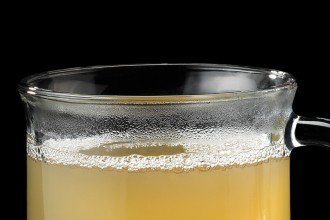Mention terroir to any wine geek, aspiring or expert, and you’ll probably be greeted by a memory: the smell of Napa on an autumn morning, lush black dirt surrounding vines in provincial France. It’s an emotional, somewhat mythical, complex concept, and one of the essential factors in lending each wine its certain je ne sais quoi.
How exactly terroir contributes to wine is a question that has frustrated experts, but a recent study by University of California, Davis researchers suggests that it’s not so much about whether the grapes are grown in volcanic or limestone soil but rather the bacteria the soil contains. The bacteria and fungi, or “microbiome,” found on pressed grapes can have a very distinct impact on a finished wine’s chemical composition. Further testing showed that the microbiome on the grapes were also generally present in the soil, making location matter on a much more nuanced scale than previously thought.
The research team looked at more than 200 wine fermentations in the Napa Valley, studying the relationship between microbe-covered musts (or crushed grapes) and metabolites, the chemical compounds behind a wine’s flavor and texture, both of which vary regionally. By analyzing Napa and Sonoma Chardonnay and Cabernet Sauvignon grapes, the UC Davis team was able to find that even adjacent vineyards boast a unique group of microbes, and, consequently, unique flavor metabolites.
This corroborates a study done the year before by researchers from Illinois’ Argonne National Laboratory examining Merlot grapes from Long Island, California, and Bordeaux, France. The team made similar inroads into the affair between microbes and metabolites, and it turned out that although the microbial collection was different depending on the vineyard, similar types of microbes were found on all Merlot grapes. They also speculated that bacteria might be important to the plants for the same reason it’s important to us: it keeps them healthy, helping them build resilience against different diseases and environmental stresses.
While this gets us one step closer to demystifying terroir, the scientists were also able to study the microbe and predict what metabolites would emerge. This could open the door for being able to better judge whether a potential new vineyard site will be conducive to a certain grape, or finding whether anything seems abnormal in the early stages of the fermentation process to ensure a consistently high quality product. Something wrong with the bacteria is a good indicator something will be wrong with the wine, and, experts hold out hope that by better understanding the bacteria’s influence, they could discover bacteria that lead to heartier plants (translation: more wine).
Still, don’t expect microorganism information to be popping up on wine labels anytime soon. There’s still more studying to be done, especially concerning how and why the bacteria influences a plant’s chemistry. Studying a soil’s bacteria content is also an added cost for vintners, and since the research is still in its early phase, not necessarily one in which they may be willing to indulge.
And no, this doesn’t mean that you can snag some fancy microbes to grow Napa-style vines in your own backyard (although a girl can dream).

